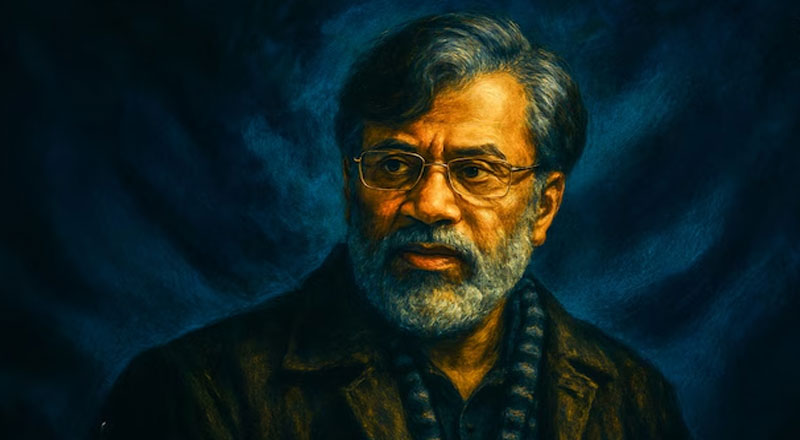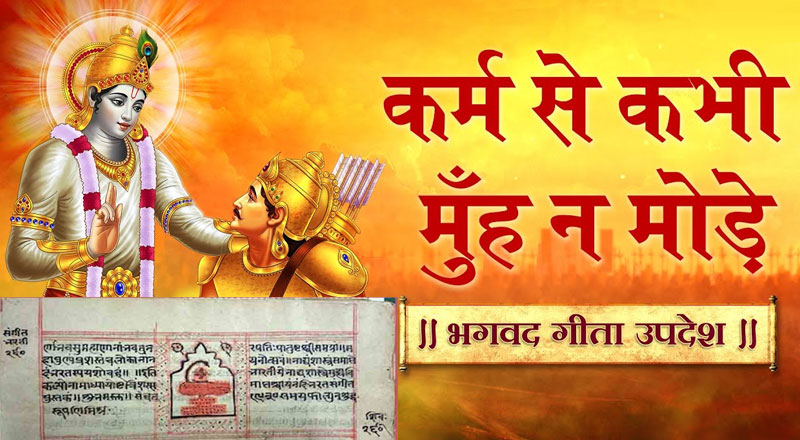A Dark Chapter Revisited
The memories of the 2008 Mumbai terror attacks—commonly referred to as 26/11—still haunt India. The coordinated assault by 10 Pakistani terrorists left 166 dead and scores injured over a 60-hour siege that targeted Mumbai’s bustling railway station, luxury hotels, and a Jewish centre. The attackers, trained and backed by Lashkar-e-Taiba (LeT), used the sea route to infiltrate India’s financial capital and brought the city to a standstill.
At the centre of the conspiracy was David Coleman Headley, an American-Pakistani who had conducted detailed reconnaissance in Mumbai. But now, another shadowy figure has resurfaced in the headlines—Tahawwur Hussain Rana, a close associate of Headley and a Pakistani-Canadian national, who has finally been extradited to India from the United States. Following years of diplomatic effort, the Indian government succeeded in bringing Rana back for interrogation. His statements to the National Investigation Agency (NIA) are proving to be both revelatory and deeply unsettling.
How India Brought Rana Back
Rana had been serving a 14-year sentence in the United States for supporting terrorist activities, including the planning of attacks in Denmark. India’s efforts to secure his extradition date back nearly a decade, gaining momentum in recent years as pressure mounted to hold all 26/11 conspirators accountable. The NIA submitted detailed dossiers and evidence linking Rana to the Mumbai attacks and argued successfully in U.S. courts for his extradition.
On April 10, 2025, Rana landed in India under tight security. Since then, the NIA has launched an intensive interrogation process to uncover the full extent of his role and his connections to the ISI (Inter-Services Intelligence), LeT, and other global terror outfits.
Rana’s Revelations: Deep ISI Involvement and Terror Networks
Rana has confessed to a key operational role in the 26/11 attacks. According to sources within the NIA, he revealed that the plot was strategized under the codename “Sura of Zaki”, a reference to LeT commander Zaki-ur-Rehman Lakhvi, and was actively overseen by Pakistan’s ISI.
He admitted to preaching extremist ideologies in Canada under the banner of Markaz-ud-Dawat-wal-Irshad (MDI)—an organisation later rebranded as Jamaat-ud-Dawa, the charitable front for LeT. MDI played a significant role in funding and recruiting for terror operations under the guise of religious outreach.
Perhaps most alarming is Rana’s disclosure of his ties to the HUJI 313 Brigade, led by the now-deceased Ilyas Kashmiri. This brigade had its eyes not only on Mumbai, but on multiple Chabad Houses globally, and even on India’s National Defence College in Delhi.
Sleeper Cells and Surveillance Missions
Rana has admitted to employing a “one-to-one sleeper cell” strategy, where operatives worked in isolation, making detection difficult. He coordinated logistics for at least five terrorists in India, including David Headley, and provided intelligence to ISI handlers like Major Iqbal and Sajid Mir.
He also directed Headley to carry out detailed surveillance of 40-50 high-value Indian targets, including religious sites and political headquarters. Crucially, he clarified that while Headley had personal ties to an Indian businesswoman, she had no involvement in the plot.
In the ongoing investigation, NIA is creating sketches of Rana’s key handlers, including figures codenamed “D”, “Major Sameer”, and “Abu Anas”. Forensic experts are examining Rana’s digital footprint, including email IDs and encrypted communications linked to the planning and coordination of the attacks.
Future Course: Justice, Diplomacy, and Deterrence
India’s success in securing Rana’s extradition marks a significant diplomatic and legal milestone in the long pursuit of justice for 26/11. His confessions have confirmed longstanding suspicions of ISI’s active role in sponsoring terrorism and may serve as evidence in global forums that expose state complicity in terror.
Going forward, the NIA is expected to file fresh chargesheets, possibly naming additional ISI officers and foreign collaborators. India may also push for international sanctions or further legal actions against those named by Rana.
But beyond courtroom verdicts, Rana’s revelations could strengthen India’s case on the world stage to label Pakistan as a state sponsor of terror—a designation with far-reaching geopolitical consequences.
In conclusion, the long arm of Indian justice has finally reached Tahawwur Rana. While the scars of 26/11 may never fully heal, the ongoing investigation is closing in on those who orchestrated it—and the message is clear: time and borders will not shield the guilty.
(With inputs from agencies)





